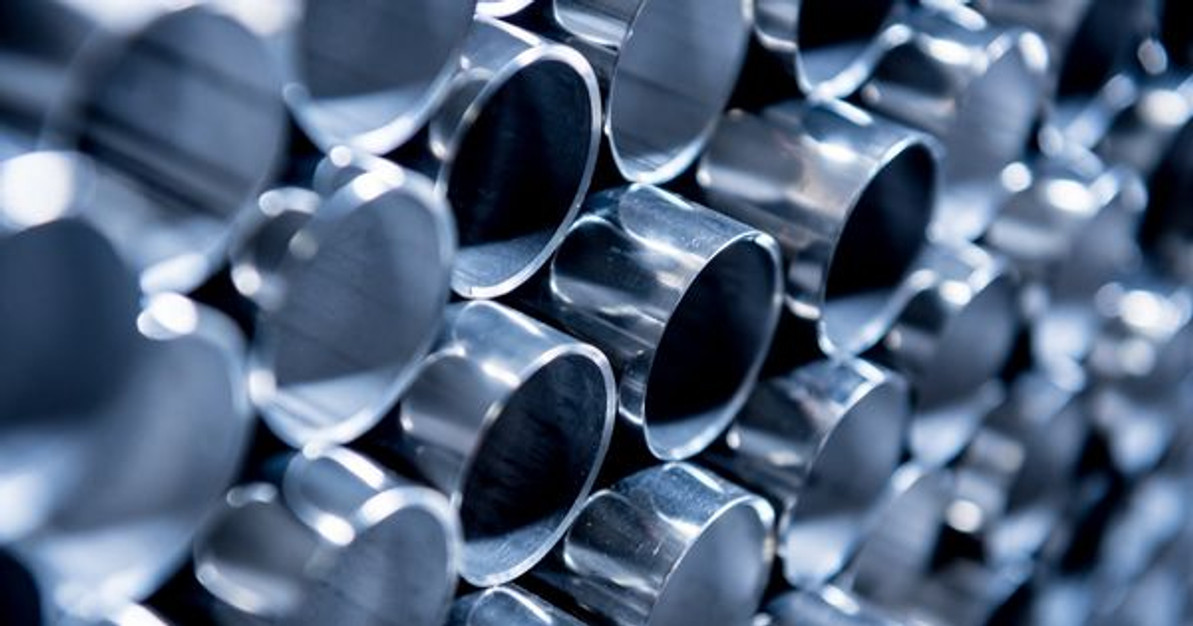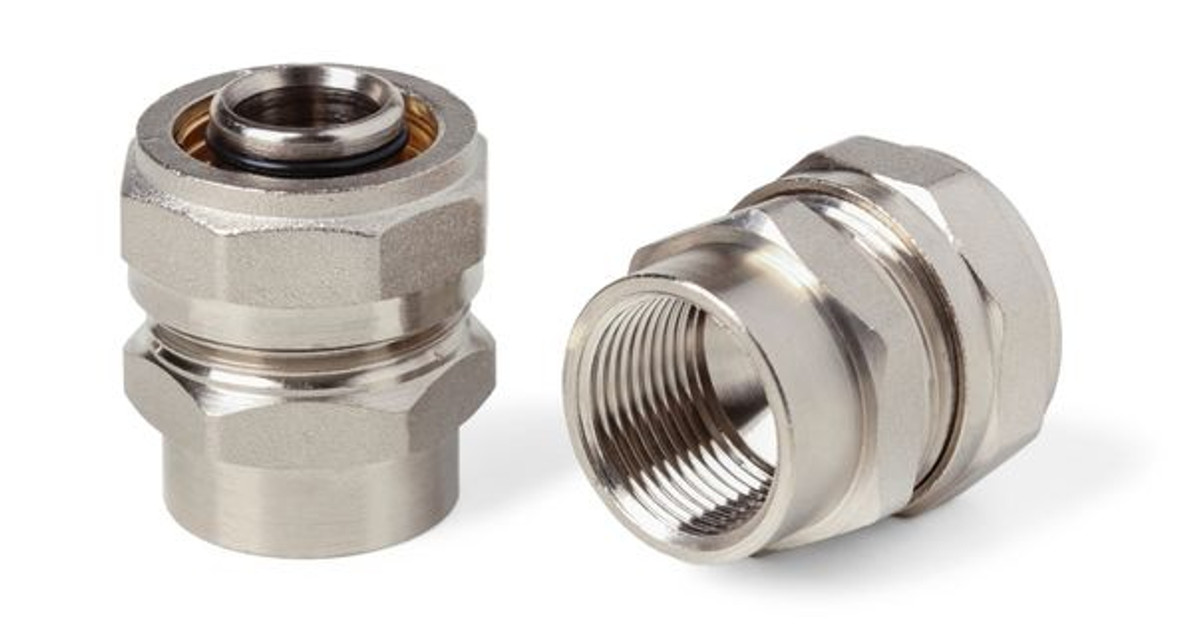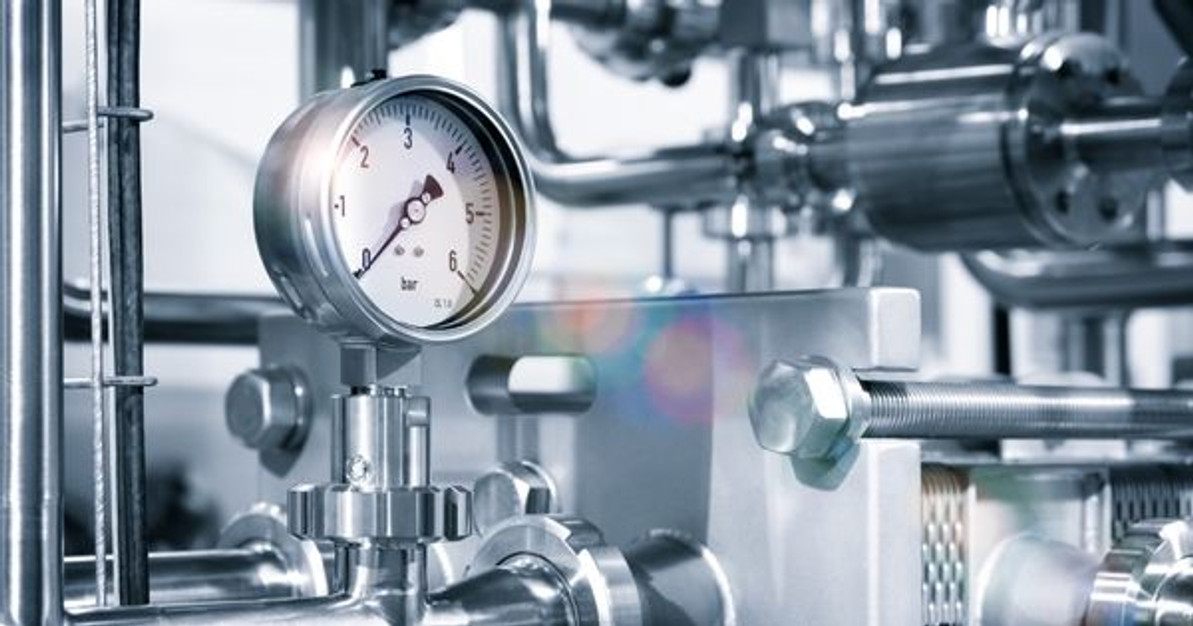 Aug 2nd 2019
Aug 2nd 2019Common Beverage Contamination Sources and the Importance of Sanitary Check Valves
We rely on the products created by the food and beverage industry on a constant basis to provide us with the nutrition and hydration required each day. Consumers put their trust in the brands that create these products, but it's not always easy to ensure that these beverages are safe for consumption. There are all kinds of threats against which manufacturers need to protect. Not only is it essential to invest in proper employee training and prioritize safe practices pertaining to handling, storage, and transport, but these companies must also ensure that the equipment used prohibits contamination from occurring. In today's post, we'll discuss a few of the most common origins of beverage contamination, as well as how features like sanitary clamps and sanitary valves can keep those contaminants away from your products.
Common Sources of Contamination in the Beverage Industry
Contamination occurs when some kind of impurity (be it a foreign object, a microbiological entity, or a chemical component) is introduced to a product and renders it unsterile and potentially unsafe. Contamination can occur during any stage of the production, packaging, storage, or transportation process, making it that much more vital to have the proper safeguards in place at all times. There are a few different types of contamination that often occur during the beverage production process:
- Cross-contamination can occur in facilities that manufacture more than one product or that use multiple ingredients to create products. An employee could cross-contaminate a product if they handle several ingredients incorrectly or if equipment is used to handle different products without being cleaned first.
- Microbial contamination refers to the introduction of a bacteria or a mold, usually caused by human behavior during the production or packaging period. If a worker does not wash their hands or wear the right protective gear while handling a product, this could introduce an agent that could make others sick. A failure to clean equipment used during production could also lead to microbial contamination, as bacteria can grow and spread in these areas.
- Particle contamination usually involves dust or other debris, which can be introduced to a beverage product during production or packaging. This usually results from poor air filtration, a facility design flaw, or a failure to follow sterilization procedures.
How Sanitary Check Valves Can Help
A material known as Stainless Steel 316 is often used for laboratory equipment, chemical containers, and food processing due to its ability to withstand harsh elements. Stainless steel is relatively easy to maintain, which is why this material is often used in commercial applications. That said, it cannot be assumed that all equipment will remain resistant to bacteria and other contaminants. That's why investing in sanitary check valves will play an integral role in your business's ability to minimize health threats.
Sanitary check valves work by allowing a liquid product to flow in only one direction and ensure that there is no build-up of microorganisms. Other kinds of valves will not provide this kind of protection, but sanitary check valves can help you make certain that your beverage products consistently exceed industry standards. Because sanity check valves prevent backflow, they can prevent your product from being exposed to hazardous agents, organic substances, bacteria, and more.
Ingestible liquids are known for being extremely absorbent, which makes them incredibly vulnerable to contamination. To protect both your business and your customers, you must be proactive about preventing contamination within your facility during every stage of the production process. For more information on how our equipment can help you achieve those goals, please contact us today.
 Aug 2nd 2019
Aug 2nd 2019Recent Posts
-
Nov 7th 2022
What Is Food-Grade Stainless Steel Tubing?
Businesses that produce food and beverage products must operate hygienically. Sterile environments a …Nov 7th 2022
-
Oct 11th 2022
Why Sanitary Fittings Are Important for the Medical Industry
Sanitary fittings are useful for many industries. Food and beverage manufacturers have used these to …Oct 11th 2022
-
Sep 23rd 2022
What Is the Max Operating Temperature for Stainless Steel?
Stainless steel is valued in many industrial applications because it’s capable of withstanding high …Sep 23rd 2022




